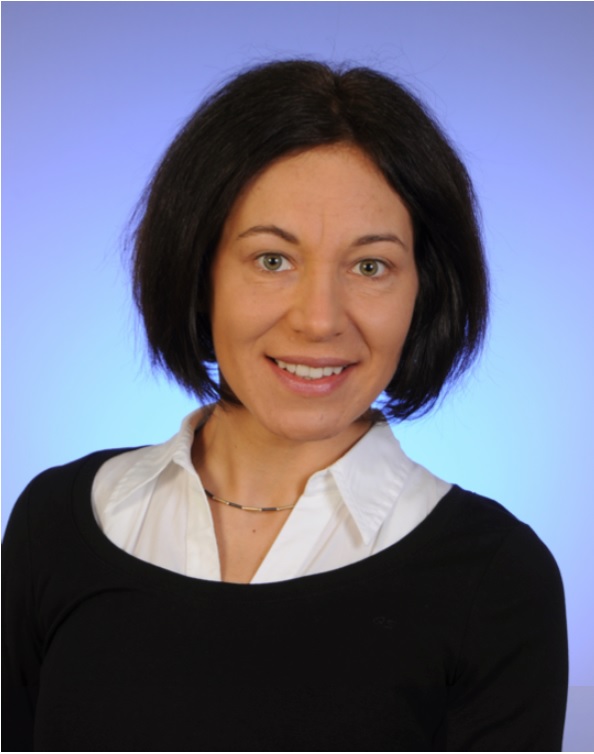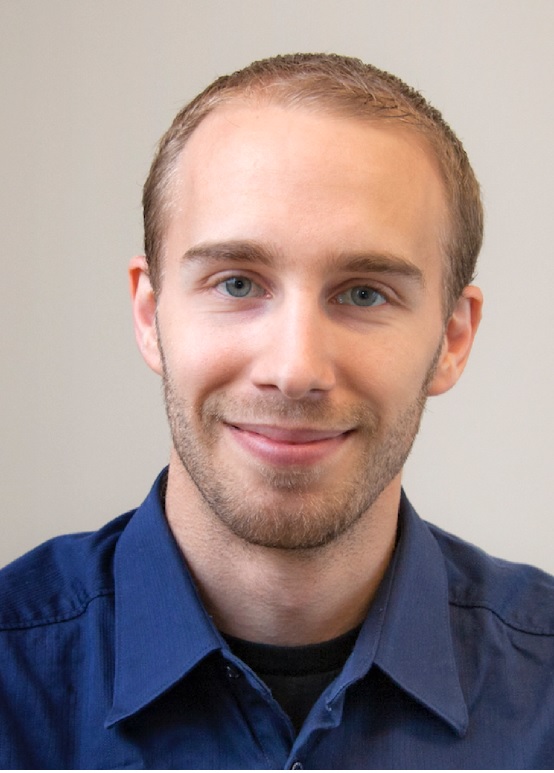
 |
 |
 |
 |
 |
 |
 |
2017 Award Winners
Congratulations to the four winners of the 2017 CNC-IUPAC Travel Awards:
 Anna Ignaszak, University of New Brunswick
Anna Ignaszak, University of New Brunswick
Dr. Anna Ignaszak is an assistant professor at the Department of
Chemistry, University of New Brunswick and the adjunct assistant
professor in the Institute of Organic and Macromolecular
Chemistry at the Friedrich-Schiller University (Jena, Germany,
Carl-Zeiss junior professorship since May 2012). She has a diverse
background in materials for electrochemical energy storage and
conversion, electrochemical sensors, functional materials (carbons,
composites, metal clusters) and heterogeneous catalysis. The
research conducted in her labs in Canada and Germany aim to
synthesize morphology-controlled nano-catalysts, understanding
the structure-reactivity interplay for the optimum redox activity,
electrochemical characterization, and electrode engineering. She
spent also several years working in industrial R&D (ABB
Corporate Research, Pliva Pharmaceutical Company, Ballard
Power Systems Inc.). She will attend IUPAC 2017 46th World
Chemistry Congress being held in Sao Paulo, Brazil in July 9-14,
2017.
 Joseph Gilroy, The University of Western Ontario
Joseph Gilroy, The University of Western OntarioJoe Gilroy conducted his Ph.D. research on redox-active radicalcontaining molecular materials at the University of Victoria under the supervision of Robin Hicks. In 2008, he joined the group of Ian Manners at the University of Bristol, for stints as a NSERC and EU Marie Curie postdoctoral fellow, where he gained expertise in the synthesis and self-assembly of metallopolymers. Gilroy joined the Department of Chemistry at Western University (aka The University of Western Ontario) in 2012, where he and his group have been engaged in a diverse range of projects within the realm of synthetic materials chemistry towards the realization and application of molecular imaging agents, energy-purpose polymers, and metal-rich nanomaterials. With the support of the CNC-IUPAC Travel Award he will attend the 12th International Conference on Advanced Polymers via Macromolecular Engineering in Ghent, Belgium (May, 2017).
 Artur Izmaylov, University of Toronto (Scarborough)
Artur Izmaylov, University of Toronto (Scarborough)
Dr. Artur Izmaylov received his M.Sc. from
Moscow State University (2002) and Ph.D. from Rice University (2008). After a joint postdoctoral appointment at Yale University and Gaussian Inc., in May 2012 he became an Assistant Professor of Chemistry at University of Toronto, Scarborough.
The main efforts of his group are directed toward developing simulation techniques for quantum molecular dynamics involving multiple electronic states. Prof. Izmaylov is particularly interested in topological (Berry) phase effects in molecular dynamics around conical intersections, and energy and charge transfer processes occurring in chemical
reactions on metallic surfaces. With the support of the CNC/IUPAC Travel Award, he will attend the IUPAC 46th World Chemistry Congress, which will be held in Sao Paulo, Brazil, in July 2017.
 Russ Algar, University of British Columbia
Russ Algar, University of British Columbia
Research in the Algar Group is at the interface of bioanalytical, physical, and materials chemistry. The unique properties of luminescent materials such as a semiconductor quantum dots (QDs), semiconducting polymer dots (Pdots), and lanthanides are exploited
with the goal of developing new methods and technologies to impact health care and biomedical
research. These materials have unique physical and optical properties that provide many advantages and new opportunities versus more traditional materials such as fluorescent dyes and proteins. Particular areas of interest include development of “lab-on-a-chip-on-aphone”
technologies for point-of-care diagnostics, development of multifunctional “concentric FRET”
probes toward imaging of cascaded cellular processes, and Boolean photonic logic. The group is also studying the interactions between nanoparticles and biological molecules such as enzymes, designing novel energy transfer configurations, and creating new composite assemblies of nanoparticles to support or enable the foregoing applications.